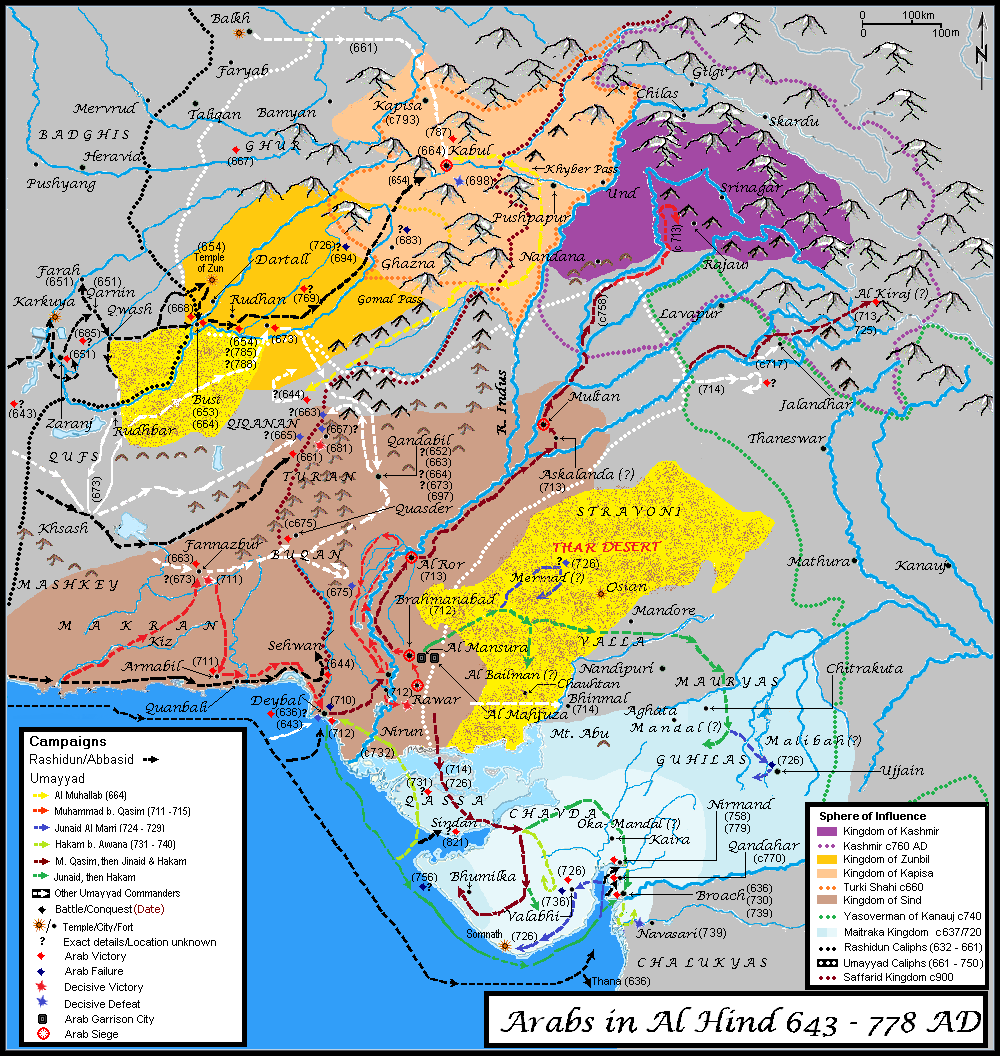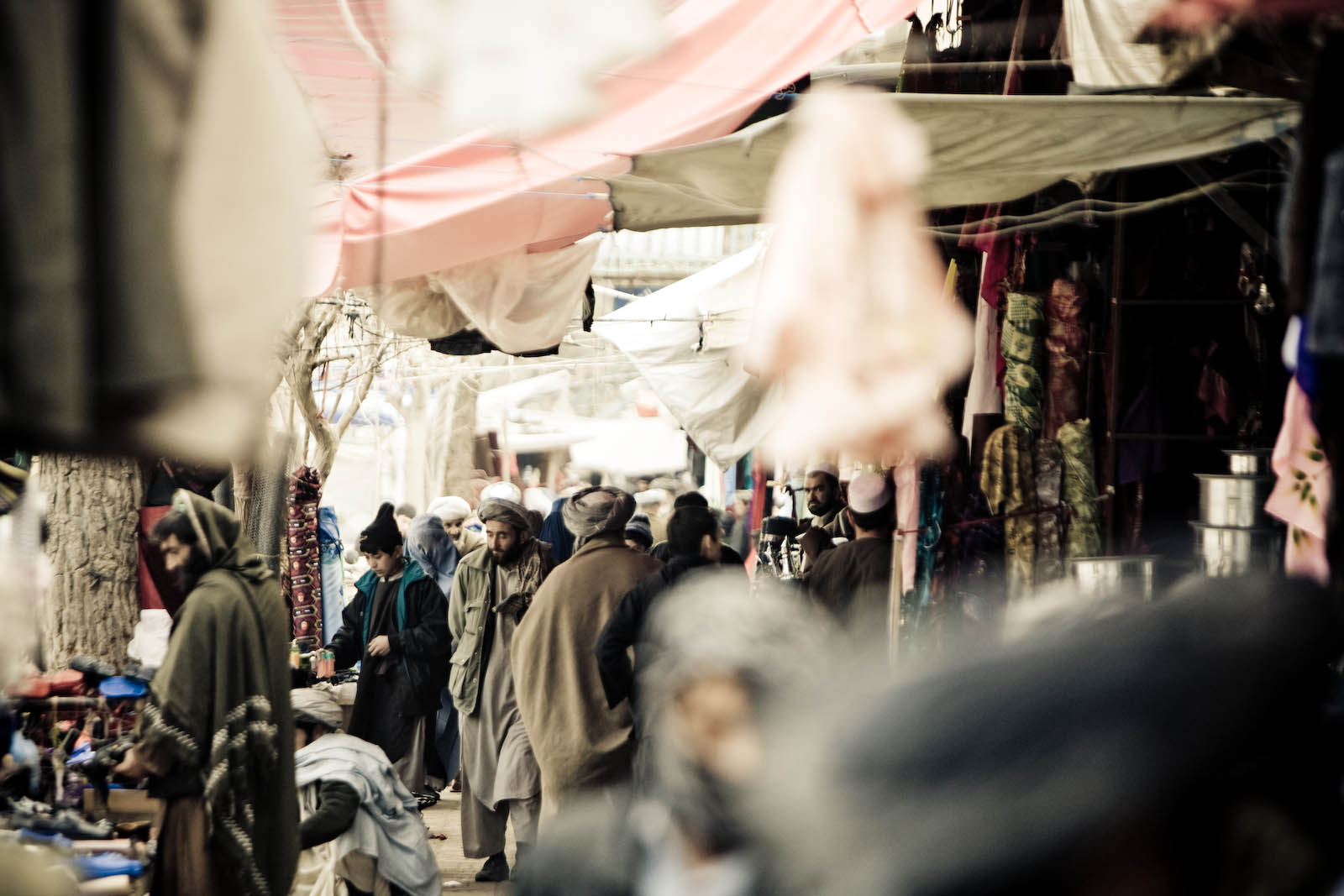|
Guzgan
Guzgan ( fa, گوزگان, also known as Gozgan, Guzganan or Quzghan, in Arabic Juzjan or Juzjanan) was a historical region and early medieval principality in what is now northern Afghanistan. Etymology The area was known as "Guzgan" or in the plural form "Guzganan", whence Arabic "Juzjan"/"Juzjanan". Orientalist Vladimir Minorsky derived the name from a word meaning "walnut", a product for which the area is still known today. The 19th-century scholar Henry George Raverty suggested that the plural form emerged from the division of the country in two parts by the river Murghab. Geography The boundaries of Guzgan were never well defined and fluctuated wildly over time. They certainly bear no relation to the modern administrative boundaries of Jowzjan Province, named after it, or the neighbouring Faryab Province, but historically included the lands around the towns of Maymana (capital of Faryab province), Andkhuy, Shibarghan (capital of Jowzjan Province) and Sar-e Pol (ca ... [...More Info...] [...Related Items...] OR: [Wikipedia] [Google] [Baidu] |
Tokhara Yabghus
The Tokhara Yabghus or Yabghus of Tokharistan () were a dynasty of Western Turk– Hephtalite sub-kings with the title " Yabghus", who ruled from 625 CE in the area of Tokharistan north and south of the Oxus River, with some smaller remnants surviving in the area of Badakhshan until 758 CE. Their legacy extended to the southeast where it came into contact with the Turk Shahis and the Zunbils until the 9th century CE. Territorial expansion The Turks initially occupied the area of north of the Oxus ( Transoxonia, Sogdiana) following their destruction of the Hephthalites in 557–565 CE through an alliance with the Sasanian Empire. The Sasanians, on the other hand, took control of the area south of the Oxus, with Chaganiyan, Sind, Bust, Rukhkhaj, Zabulistan, Tokharistan, Turistan and Balistan being transformed into vassal kingdoms and principalities. After this time, a tense Turco-Persian border existed along the Oxus, which lasted several decades. The area south of the Oxus con ... [...More Info...] [...Related Items...] OR: [Wikipedia] [Google] [Baidu] |
Zunbils
Zunbil, also written as Zhunbil, or Rutbils of Zabulistan, was a royal dynasty south of the Hindu Kush in present southern Afghanistan region. They ruled from circa 680 AD until the Saffarid conquest in 870 AD. The Zunbil dynasty was founded by Rutbil (Turkic: ''Iltäbär''), the elder brother of the Turk Shahi ruler (either Barha Tegin or Tegin Shah), who ruled over a Khalaj -Hephthalite kingdom from his capital in Kabul.Andre Wink, '' Al-Hind, the Making of the Indo-Islamic World'', Vol.1, (Brill, 1996), 115;"''"The Zunbils of the early Islamic period and the Kabulshahs were almost certainly epigoni of the southern-Hephthalite rulers of Zabul.''" The Zunbils are described as having Turkish troops in their service by Arabic sources like Tarikh al-Tabari and '' Tarikh-i Sistan''. The faith of this community has not been researched as much. According to the interpretation of Chinese sources by Marquarts and de Groots in 1915, the king of Ts'ao is said to have worn a crown with a ... [...More Info...] [...Related Items...] OR: [Wikipedia] [Google] [Baidu] |
Turk Shahis
The Turk Shahis or Kabul Shahis were a dynasty of Western Turk, or mixed Turko- Hephthalite, origin, that ruled from Kabul and Kapisa to Gandhara in the 7th to 9th centuries AD. They may have been of Khalaj ethnicity."The new rulers of Kabul, who according to me were Khalaj Turks, extended their rule over the former territory of the Kapisi kingdom apisa to Gandhara while a branch of them became independent in Zabulistan. A Korean monk Huichao (慧超) who visited these regions in the third decade of the 8th century, reported that both regions were ruled by the Turkish kings." The Gandhara territory may have been bordering the Kashmir kingdom and the Kanauj kingdom to the east. From the 560s, the Western Turks had gradually expanded southeasterward from Transoxonia, and occupied Bactria and the Hindu-Kush region, forming largely independent polities. The Turk Shahis may have been a political extension of the neighbouring Western Turk Yabghus of Tokharistan. In the Hind ... [...More Info...] [...Related Items...] OR: [Wikipedia] [Google] [Baidu] |
Maymana
Maymana (Persian/ Uzbek/Pashto: میمنه) is the capital city of Faryab Province in northwestern Afghanistan, near the Turkmenistan border. It is approximately northwest of the country's capital Kabul, and is located on the Maymana River, which is a tributary of the Murghab River. The population of Maymana was 149,040 in 2015, making it one of the largest cities of northwestern Afghanistan. On 14 August 2021, Maymana was seized by Taliban fighters, becoming the twenty-second provincial capital to be captured by the Taliban as part of the wider 2021 Taliban offensive. As of January 2022, however, clashes between Taliban and resistance fighters and protests have been reported in the city. Location Maymana is located at the northern foot of the Torkestan Range at an elevation of on the old terrace of the Qeysar or Maymana River, which is a right tributary of the Murghab River. The Maymana River branches off of the Band-e Turkistan River 50 km south of the city. The highlan ... [...More Info...] [...Related Items...] OR: [Wikipedia] [Google] [Baidu] |




